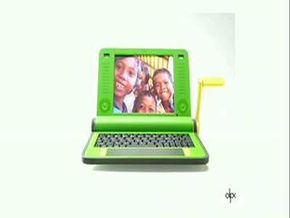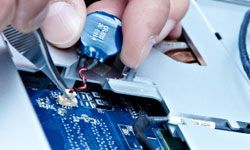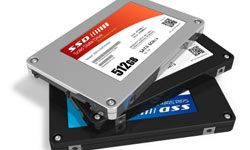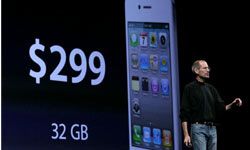In 1995, laptops were ugly. Not just ugly, but also heavy and expensive. A couple thousand dollars bought a small 4:3 screen, chunky keyboard and a hard drive measured in megabytes, not gigabytes. Thankfully, modern laptops are entirely different beasts. They're lighter, faster, infinitely more versatile and cheaper than ever. And there are a ton of them: In the first quarter of 2010, about 50 million tablets were sold worldwide [source: CNET].
The vast options in today's laptop market makes finding the right system a bit of a challenge. There are desktop replacement laptops, ultralights, high-end systems for gamers and cheap netbooks for taking notes. You have to know exactly what you're looking for.
Advertisement
Here's how you get started: Read through the next 10 pages to figure out what you should keep an eye out for in a new laptop. If you know why each of the next 10 features is important, you'll be prepared to pick the perfect notebook for your needs.





